For many homeowners, it is more than just the desire to have beautiful timber floors – it is the desire to create a comfortable living environment that will also withstand the test of time. If you have children in the house, there are chances that they will be running around the house, pets will be walking or running across the different rooms, and furniture is likely to be rearranged often. However, if you take the right measures to care for your timber floors and protect them, then they will keep their charm and durability for many years.
Understanding the Vulnerabilities of Timber Floors:
Timber floors are preferred for their aesthetic value, comfort, and the classic look they give to any room. However, they are also prone to some damages including scratches, dents, and moisture exposure. Some of the most common threats to timber flooring in an active household include:
Furniture Scratches: Chasing or moving chairs, tables and sofas can cause scratches.
Pet Claws: It is a common knowledge that dogs and cats may accidentally scratch the surface of the floor when walking or running.
High Foot Traffic: This is the pressure that comes with people’s movement especially in highly trafficked areas.
Spills and Moisture: Water and other liquids left on the floor will eventually lead to warping and staining of the wood.
Sun Exposure: Prolonged exposure to direct sunlight can cause the timber flooring to fade or discolour.
Essential Ways to Protect Your Timber Floors
You don’t have to be scared of sitting or standing on your timber floors, all you need to do is avoid causing damage to them and make sure they look as good as new.
- Use High-Quality Felt Floor Protectors Another way to prevent furniture scratches is to put a high-quality felt pad on the legs of chairs, tables, and other movable furniture that you own. Felt pads serve as a buffer between the furniture and the floor and prevent direct contact that may result in damage.
- Choose Rugs and Runners for High-Traffic Areas Using rugs and runners in areas of the house that get a lot of traffic, such as halls, porches, and living rooms, helps to prevent wear. These protective coverings not only increase the life of your flooring but also improve the look of your space.
- Cut Your Pet’s Nails Regulary . If you own a pet, you should know that clipping your pet’s nails will help to reduce the chances of your pet scratching your timber floors. Also, placing pet-friendly rugs in their favourite areas to play or lie down can also help to preserve the floor surface.
- Set Some Rules: No Shoes Allowed Inside the House Timber flooring can develop dents and scuffs when shoes, especially high heels or thick soles, are dragged across the surface. It is advisable that family and friends shower their shoes as they step into the house to preserve the floors.
- Wipe up Spills Immediately Water and other forms of liquids can penetrate through the timber floors and lead to warping or staining of the wood. It is important to wipe up spills right away so that moisture does not seep into the wood and cause damage in the long run.
- Use Mats on the Floor When Putting Heavy Furniture , In case you own large pieces of furniture, it is advisable to use mats or coasters when placing them on the floor to help avoid placing too much pressure on a single area. This minimizes the chances of getting deep dents or scratches in the long run.
- Follow a Regular Cleaning Regime. Dust and debris can act as an exfoliant and wear away the surface of your timber floors. Broom, mop or sweep regularly to avoid the accumulation of dirt that can age the flooring within a short time.
- Sunlight Control. This is because timber floors that are directly exposed to sunlight for a longer period tend to fade or darken. Using curtains, blinds, or any other form of coverings that are able to filter out UV rays will assist in reducing the effects of sunlight on your flooring.
- It is possible to have timber floors in a lively household and still have them look as good as new for many years. With measures like using felt pads, carpets, taking care of pets and cleaning frequently, you can sit back and appreciate the beauty of your timber floors with no worries. Taking these measures will ensure that you are protecting your dream floors so that they can last for many generations. Therefore, the measures that have been outlined above can help you make your dream of having long-lasting and beautiful timber floors a reality in your house or any other kind of structure.

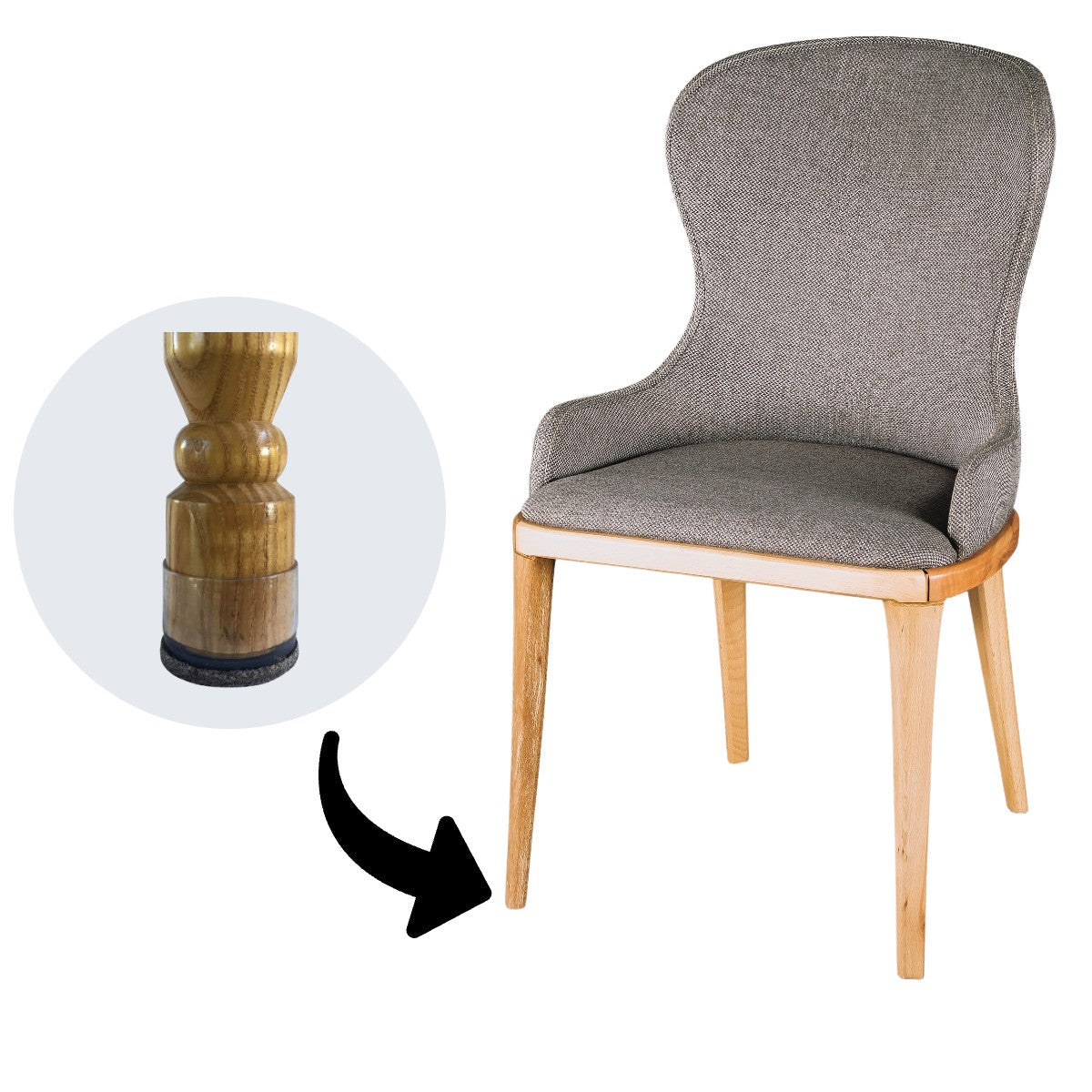
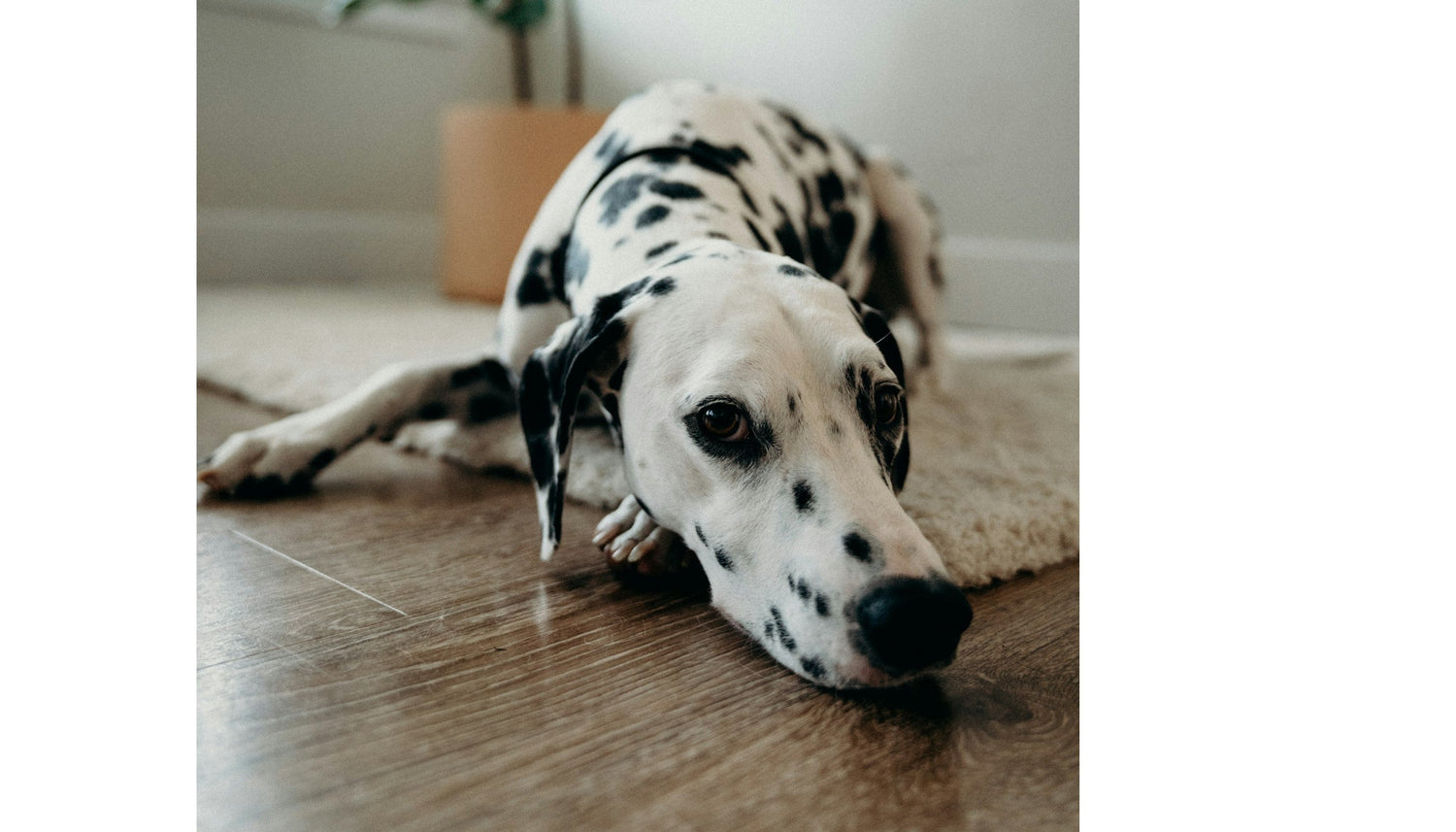
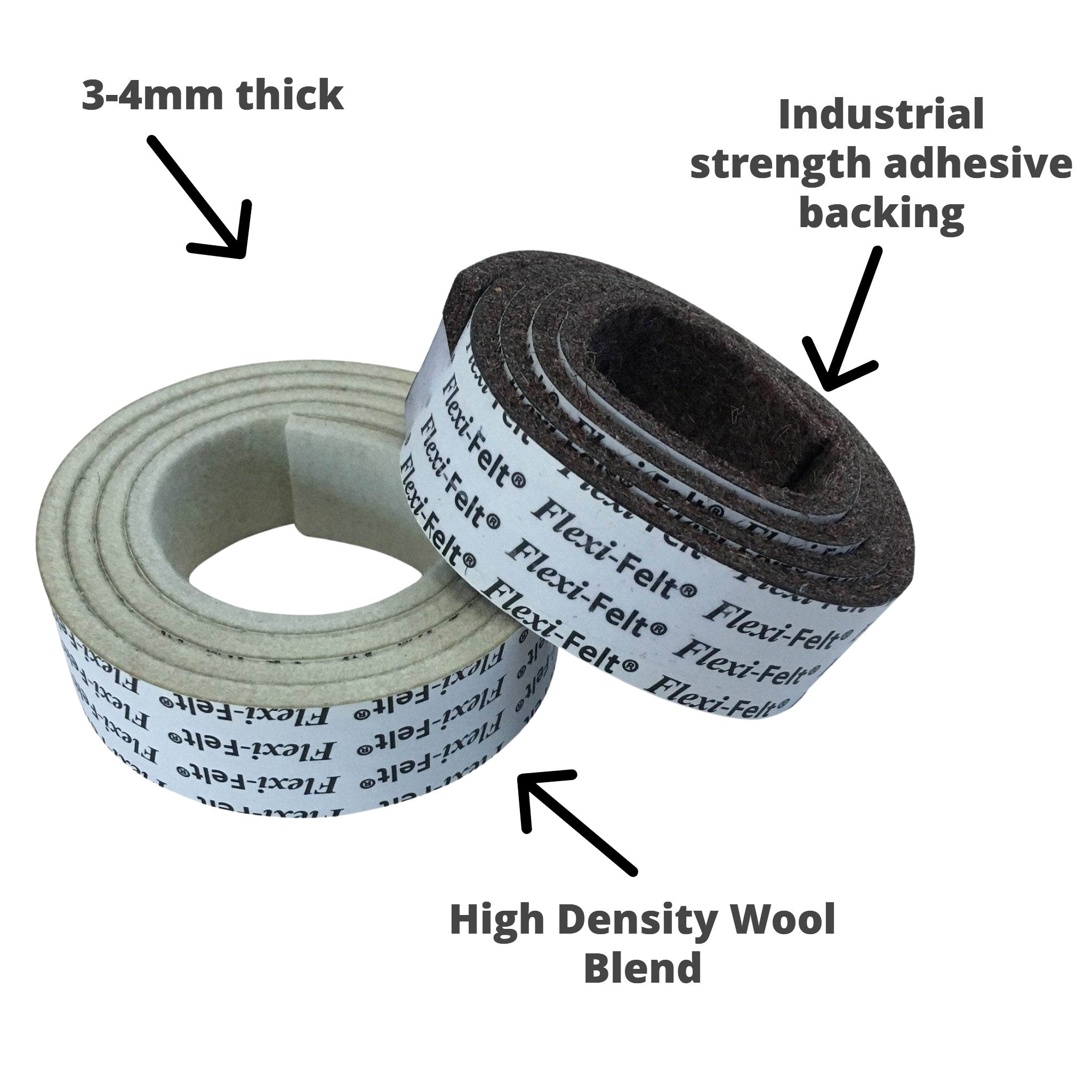
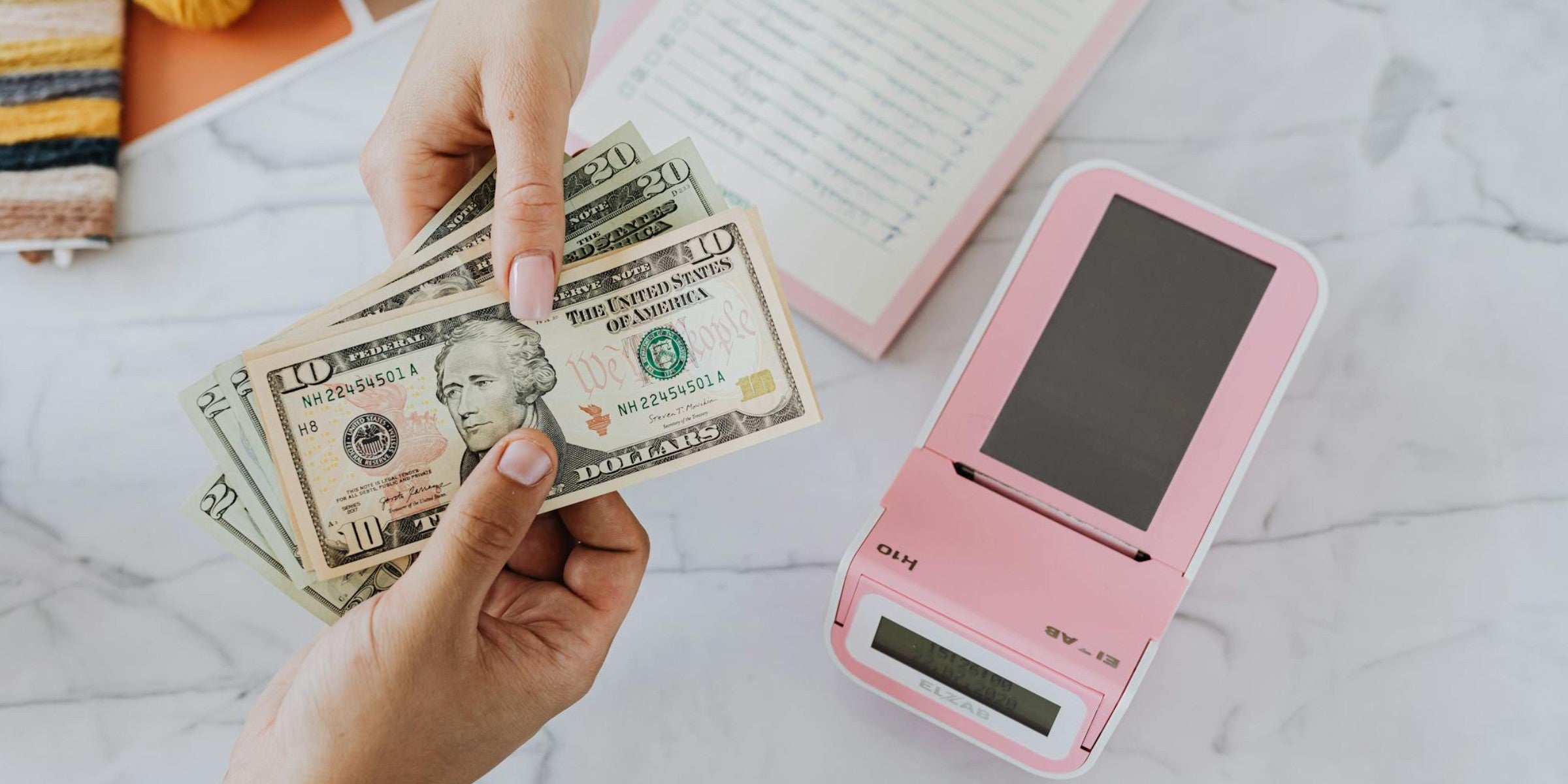
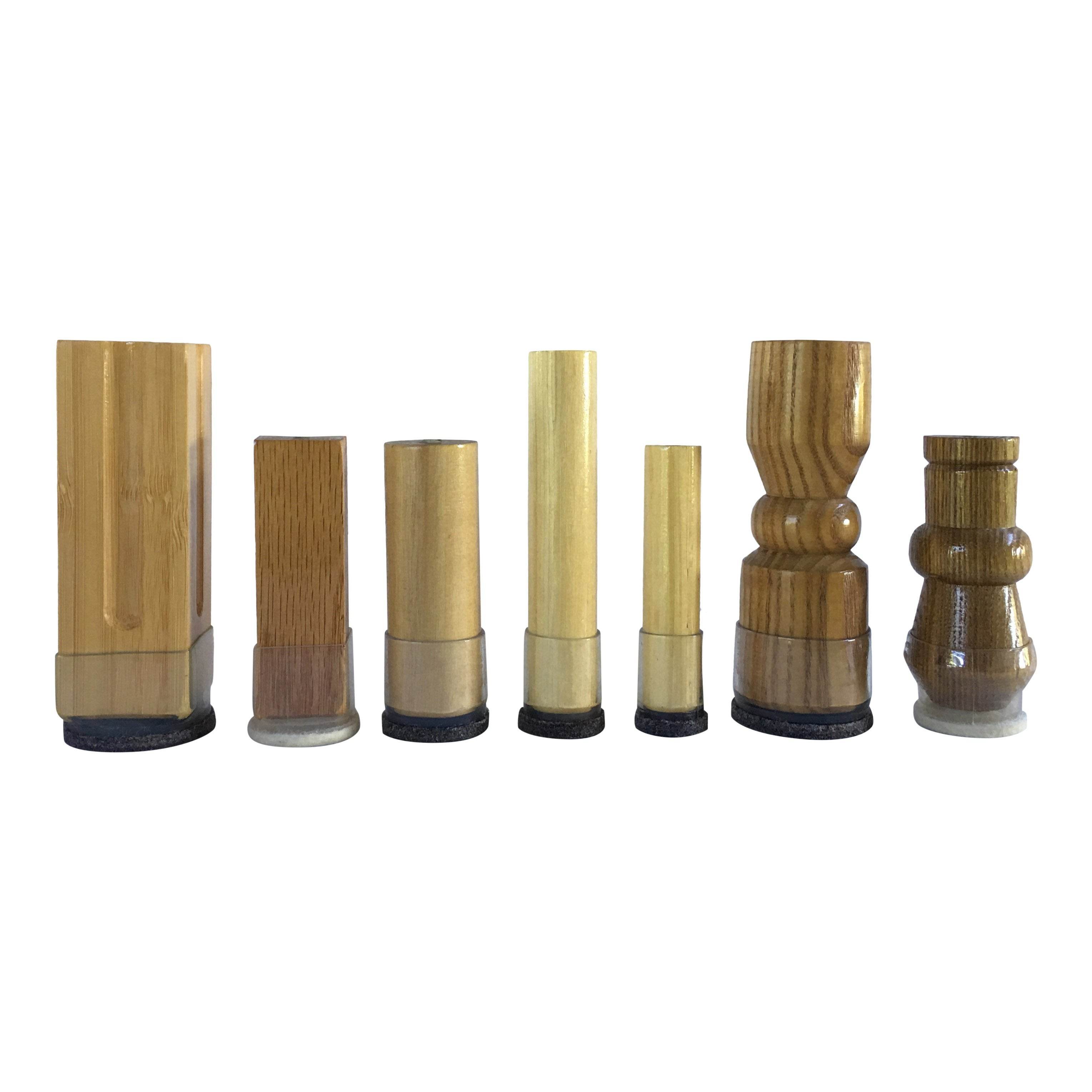
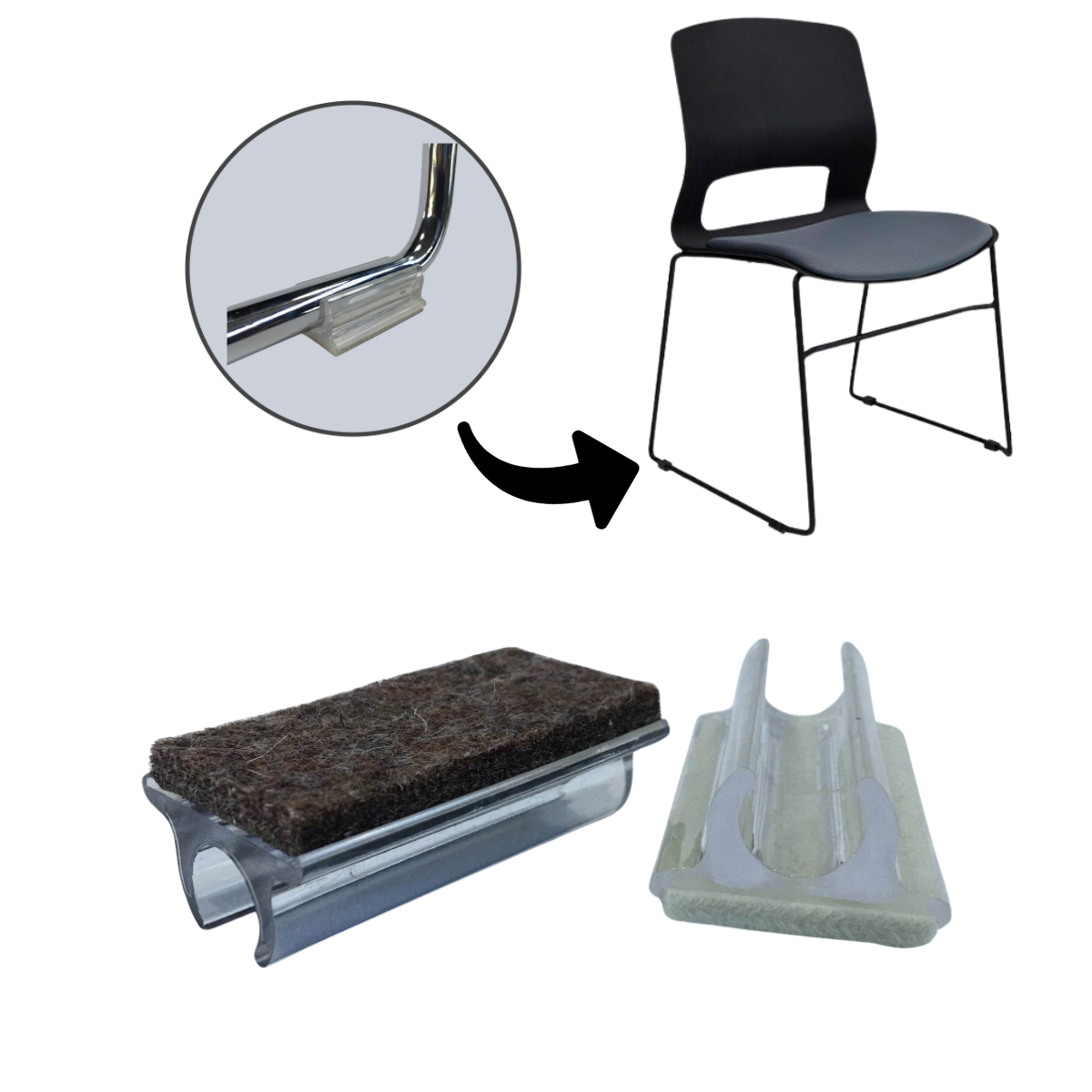
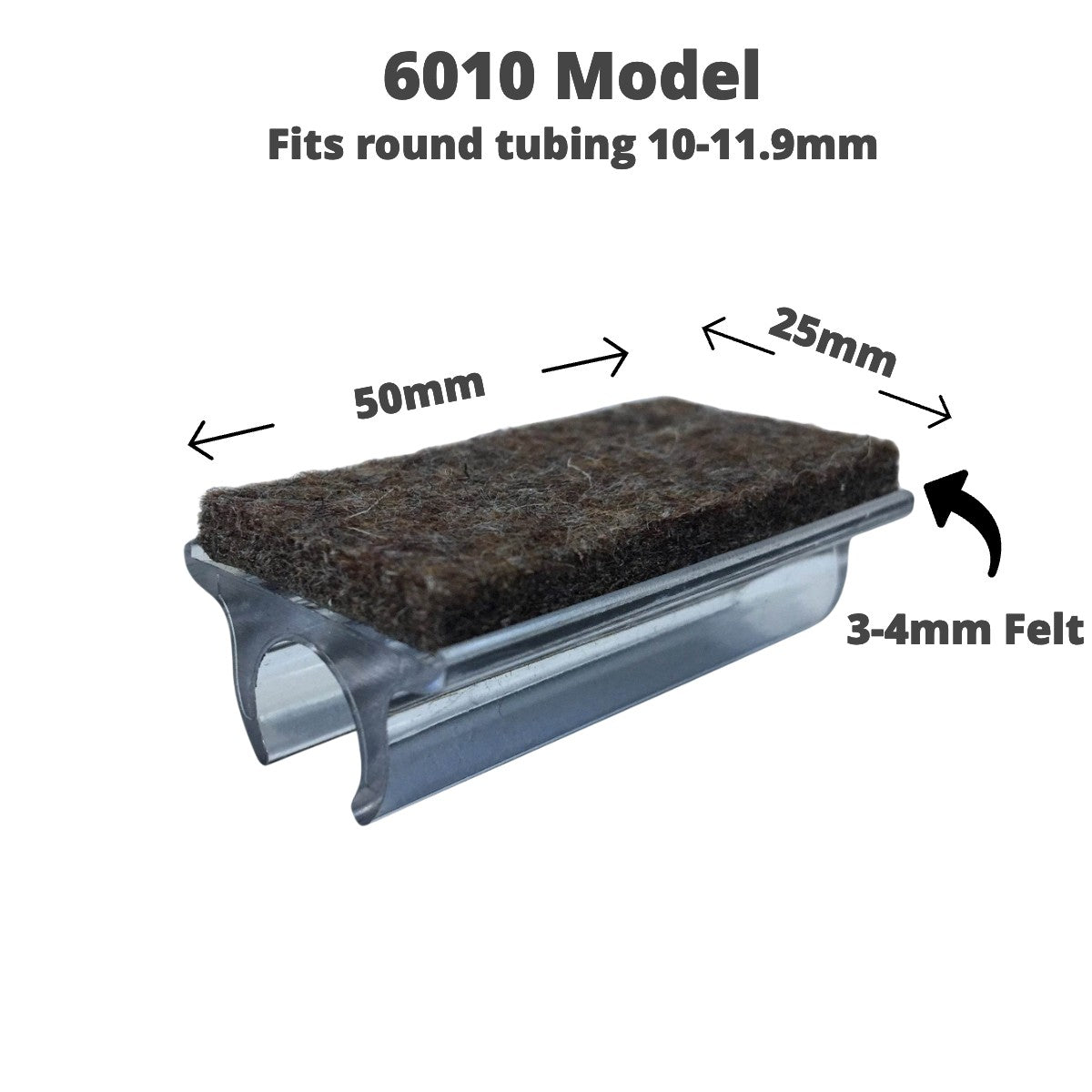
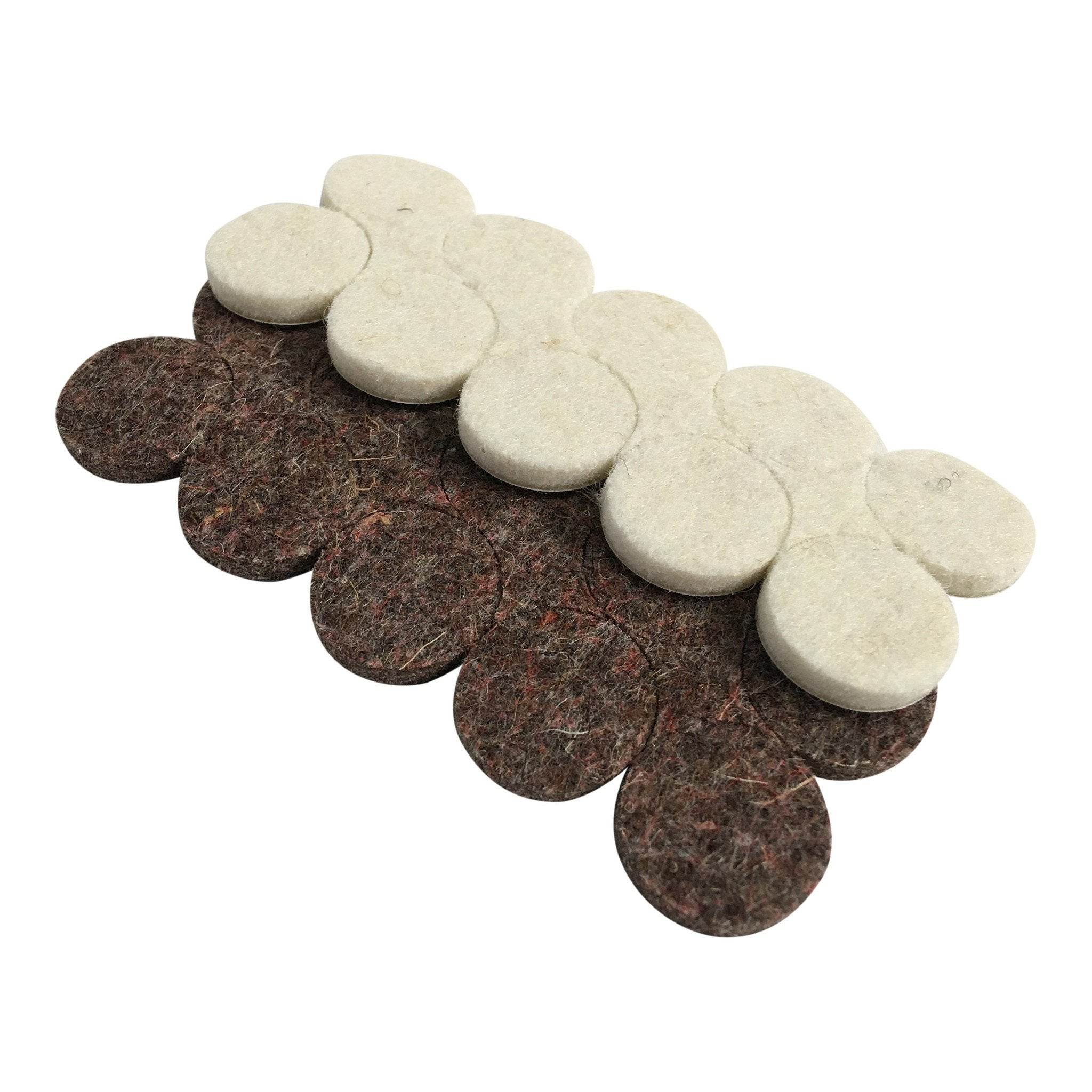
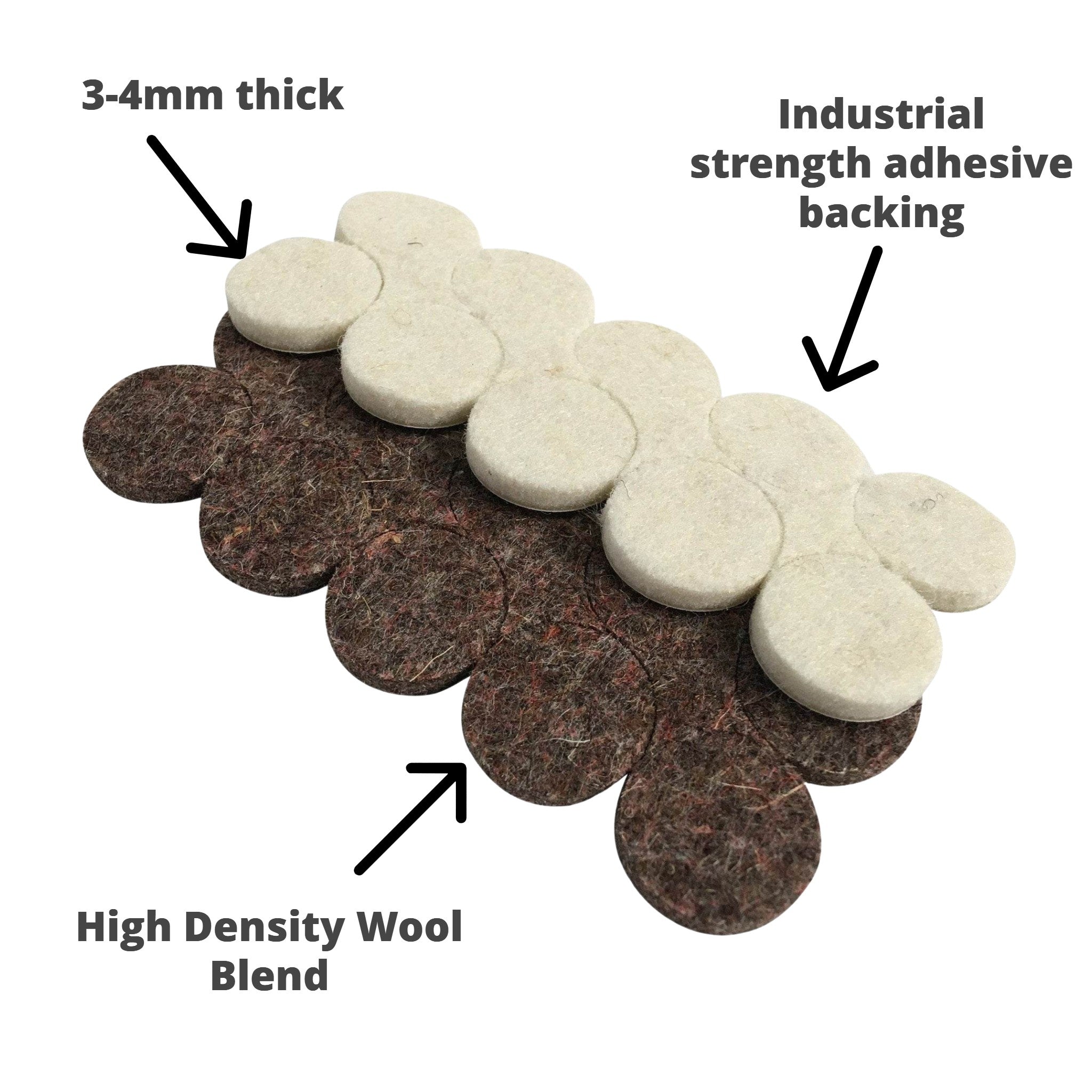
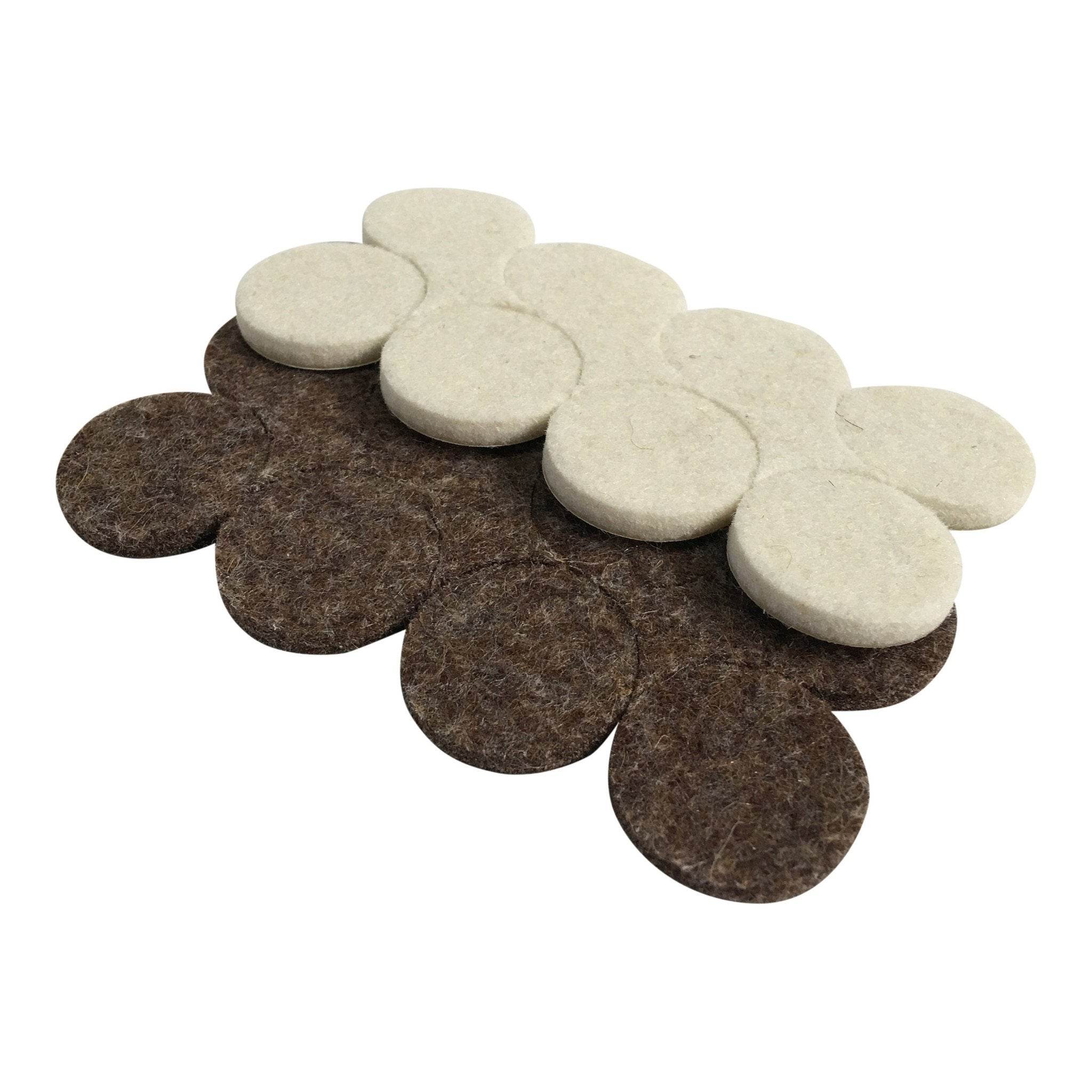
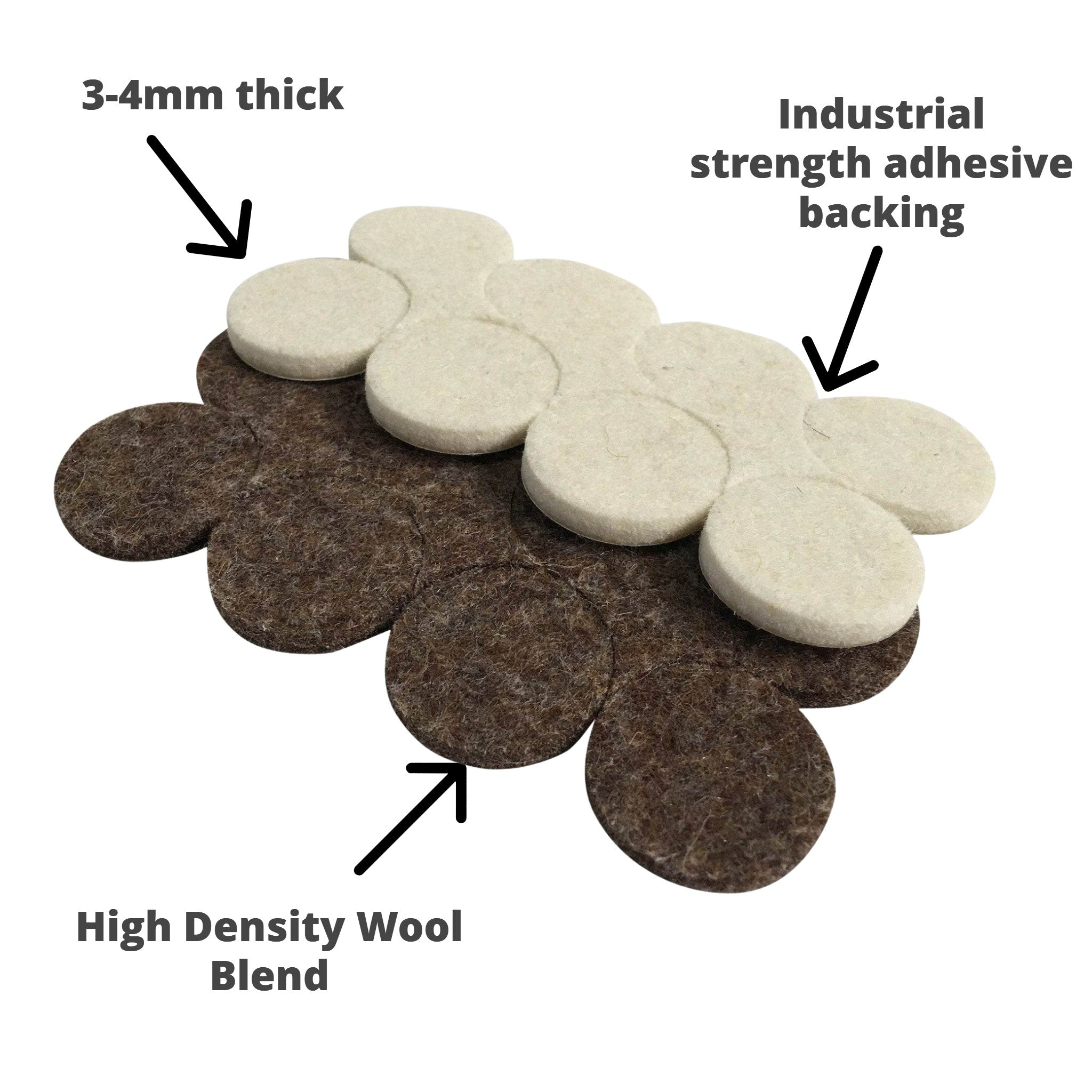
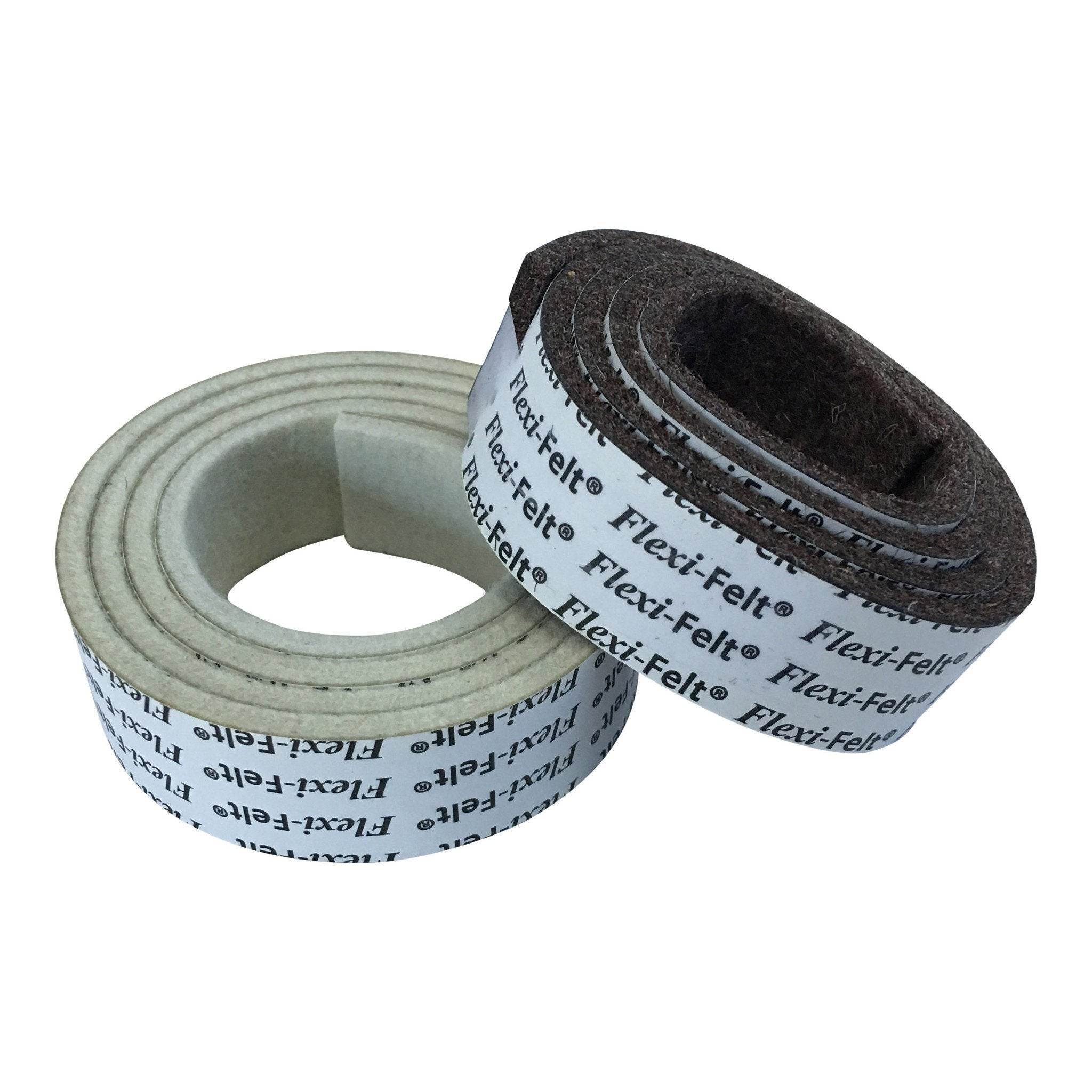
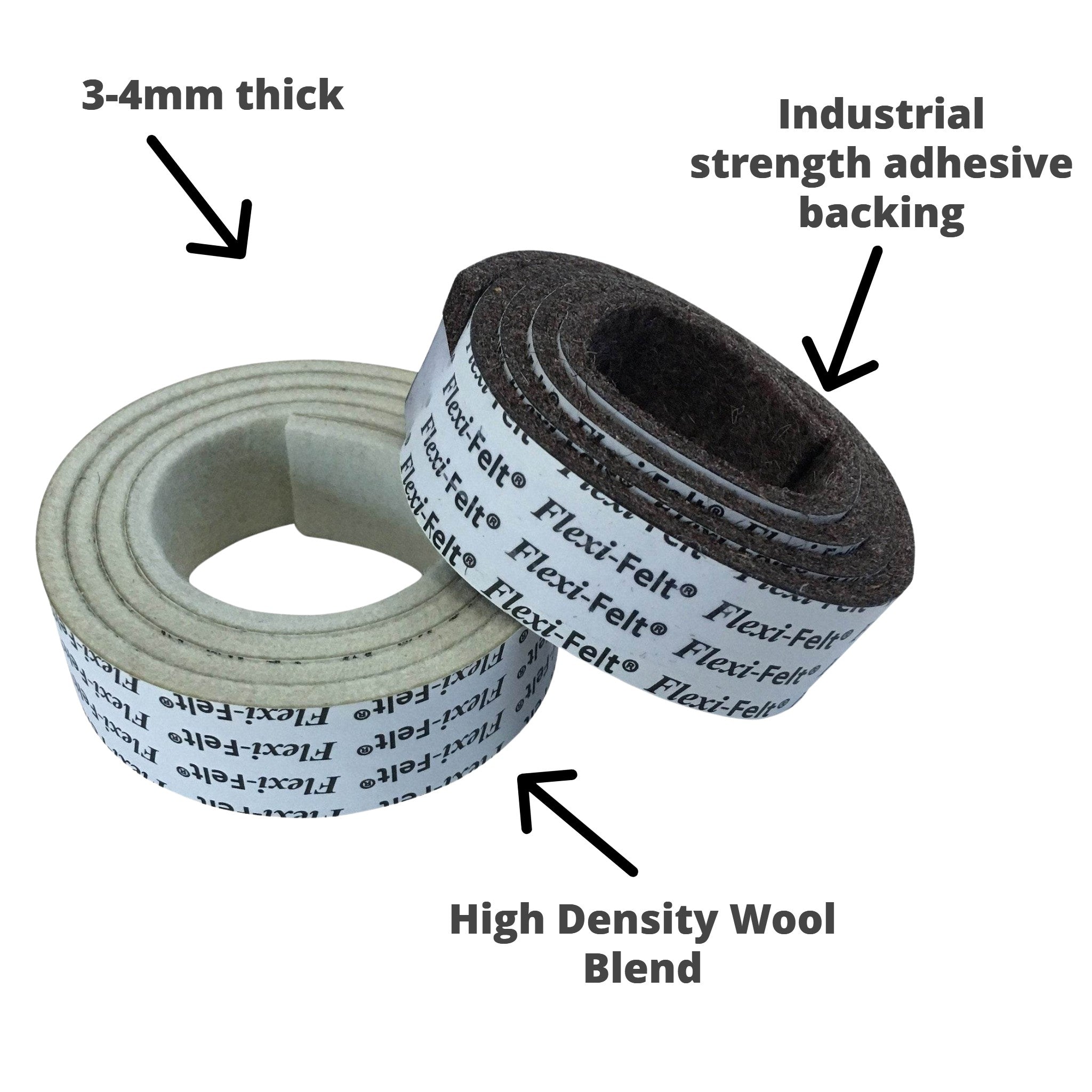
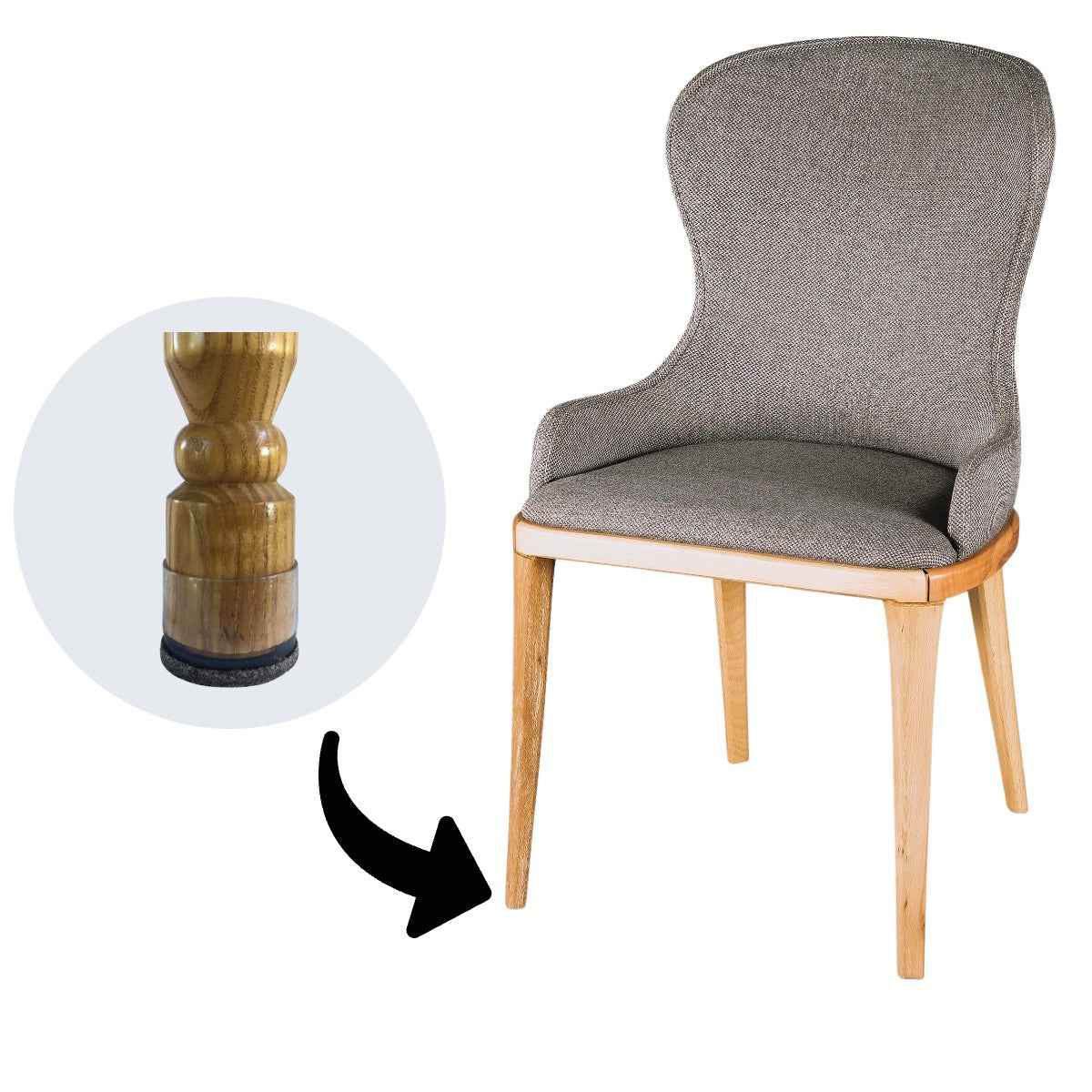
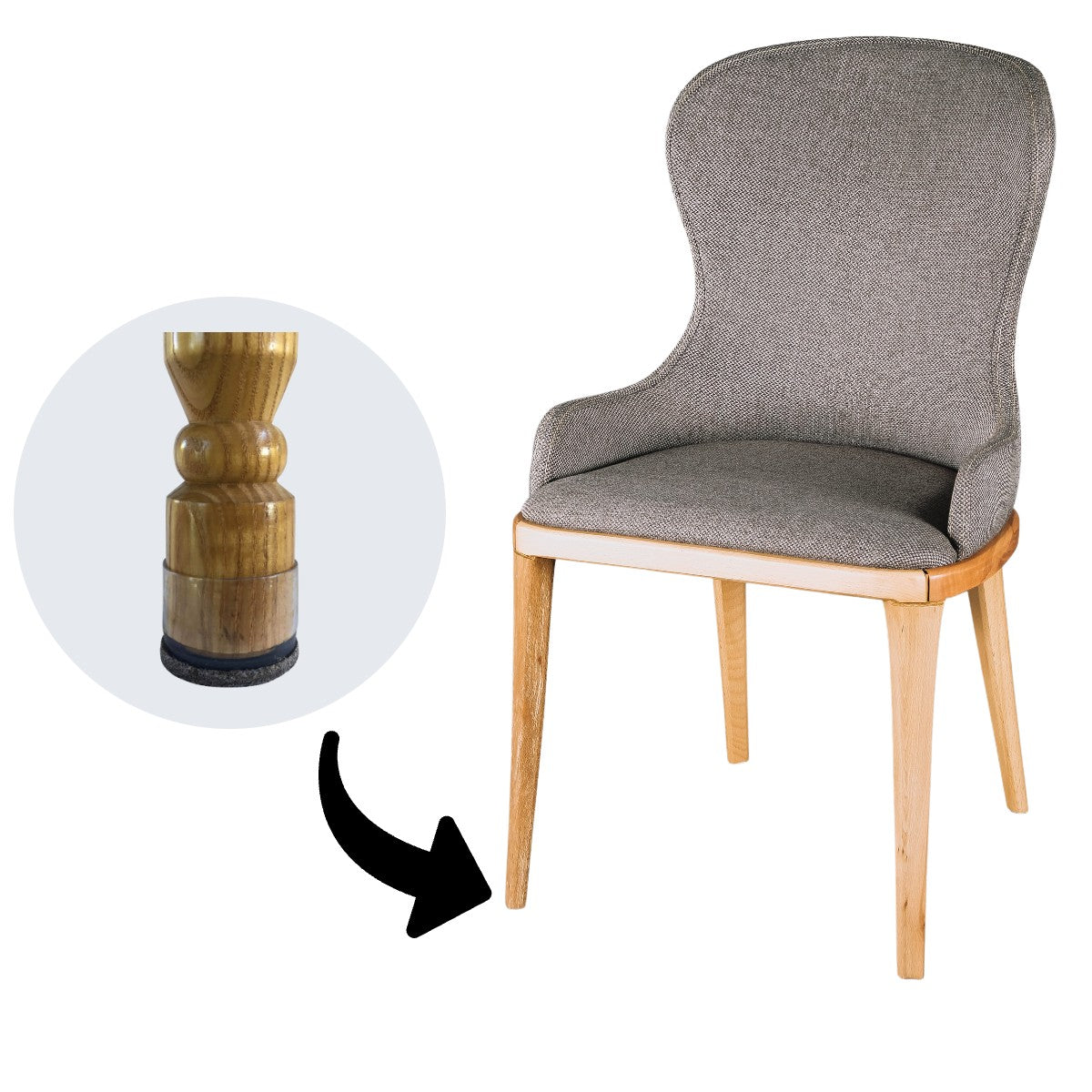
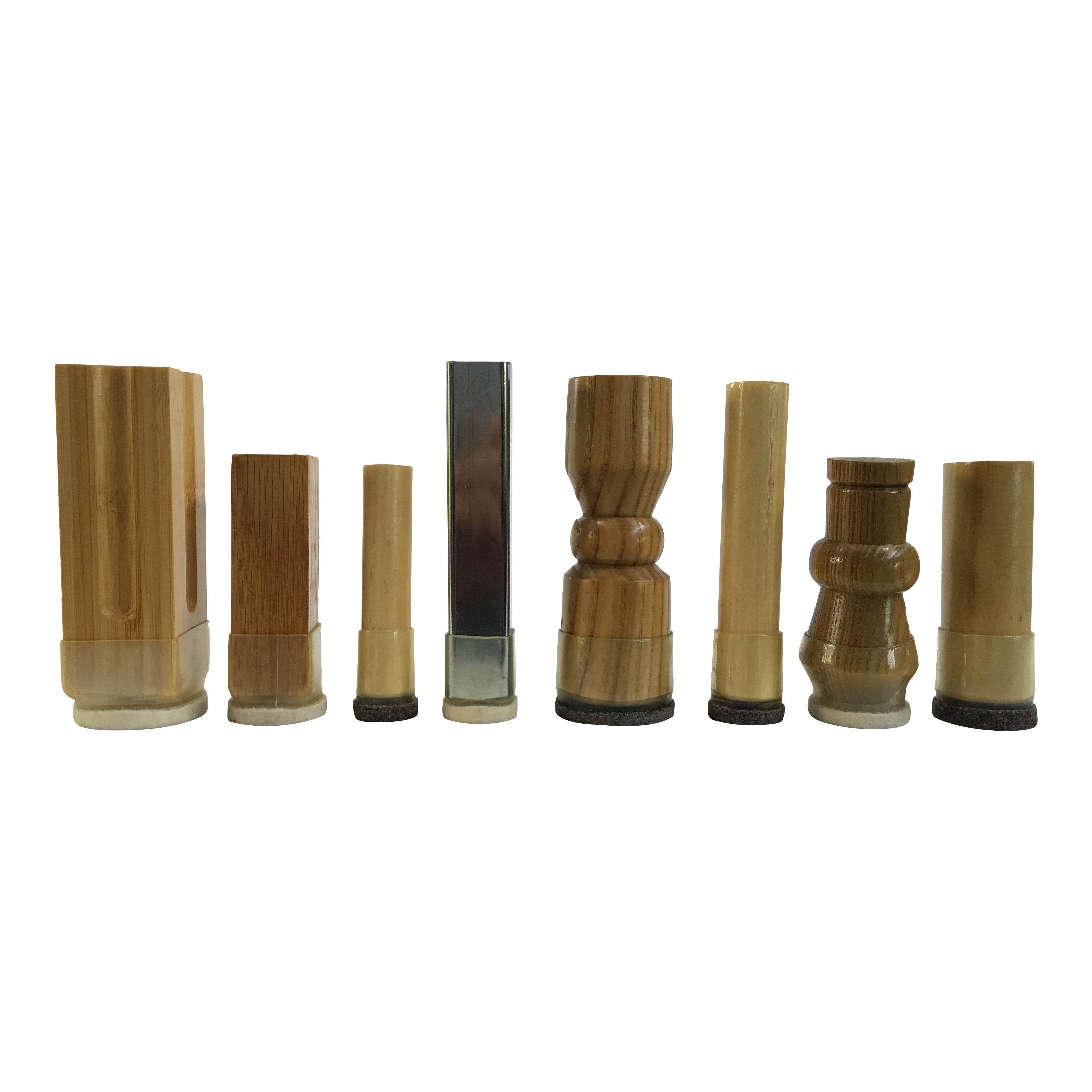
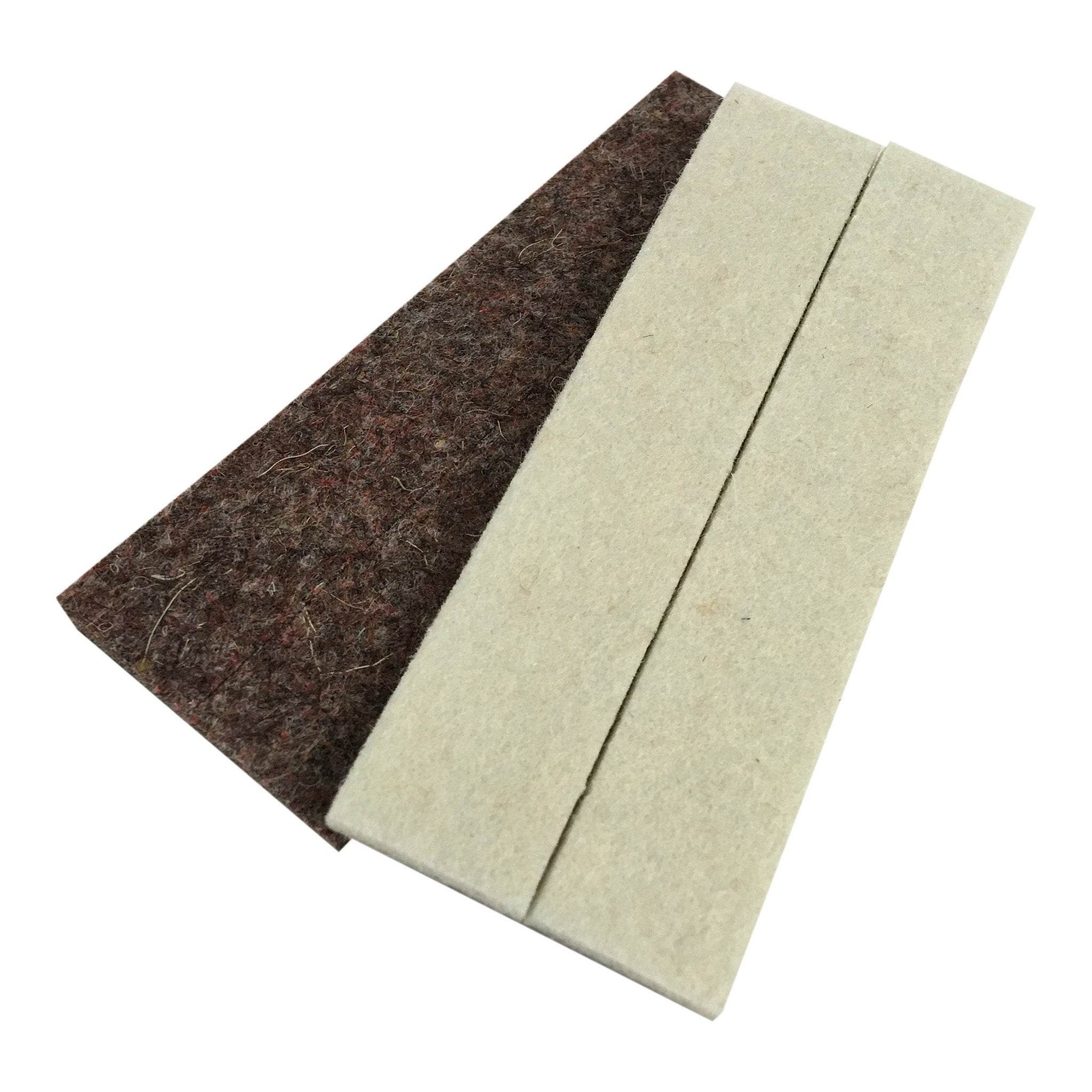
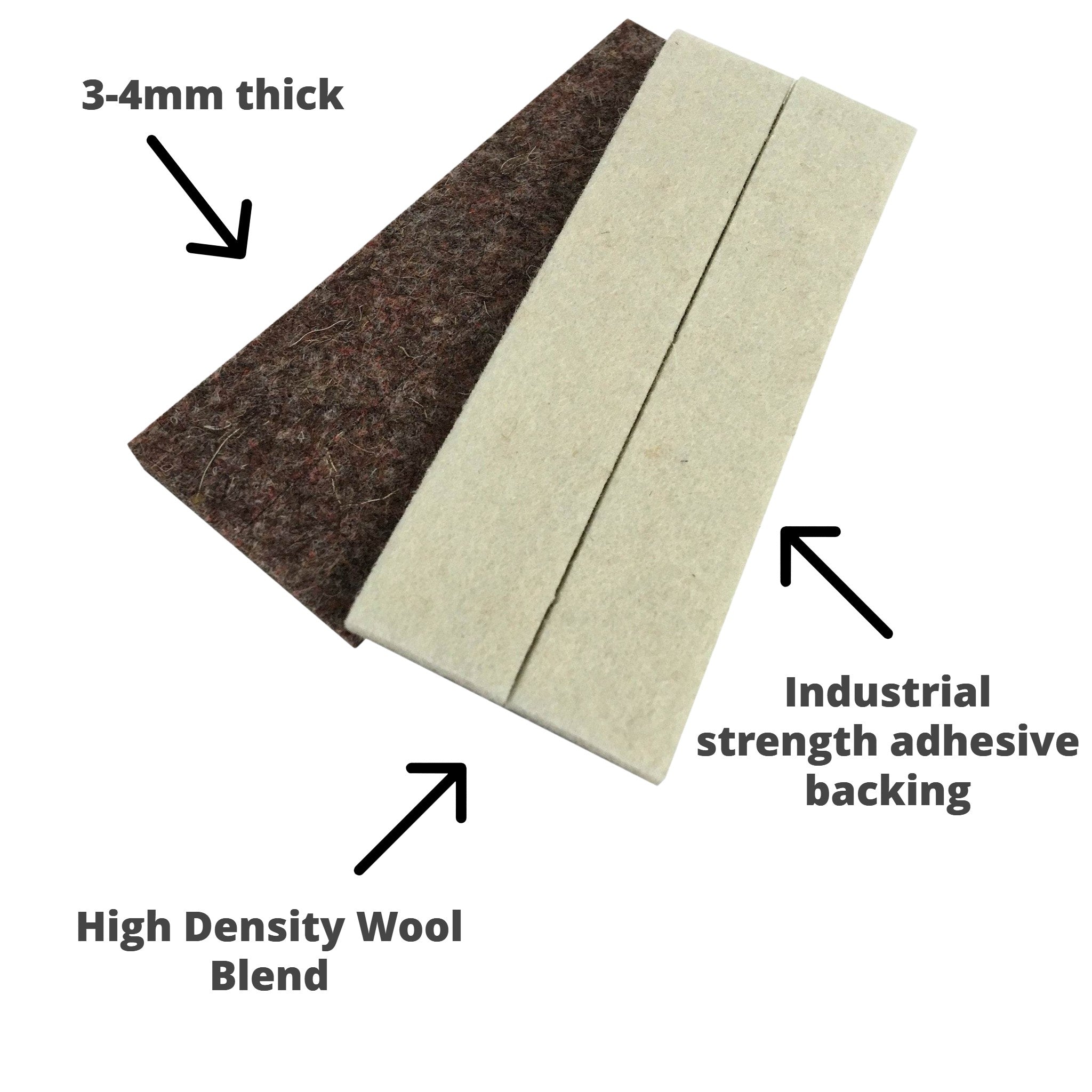
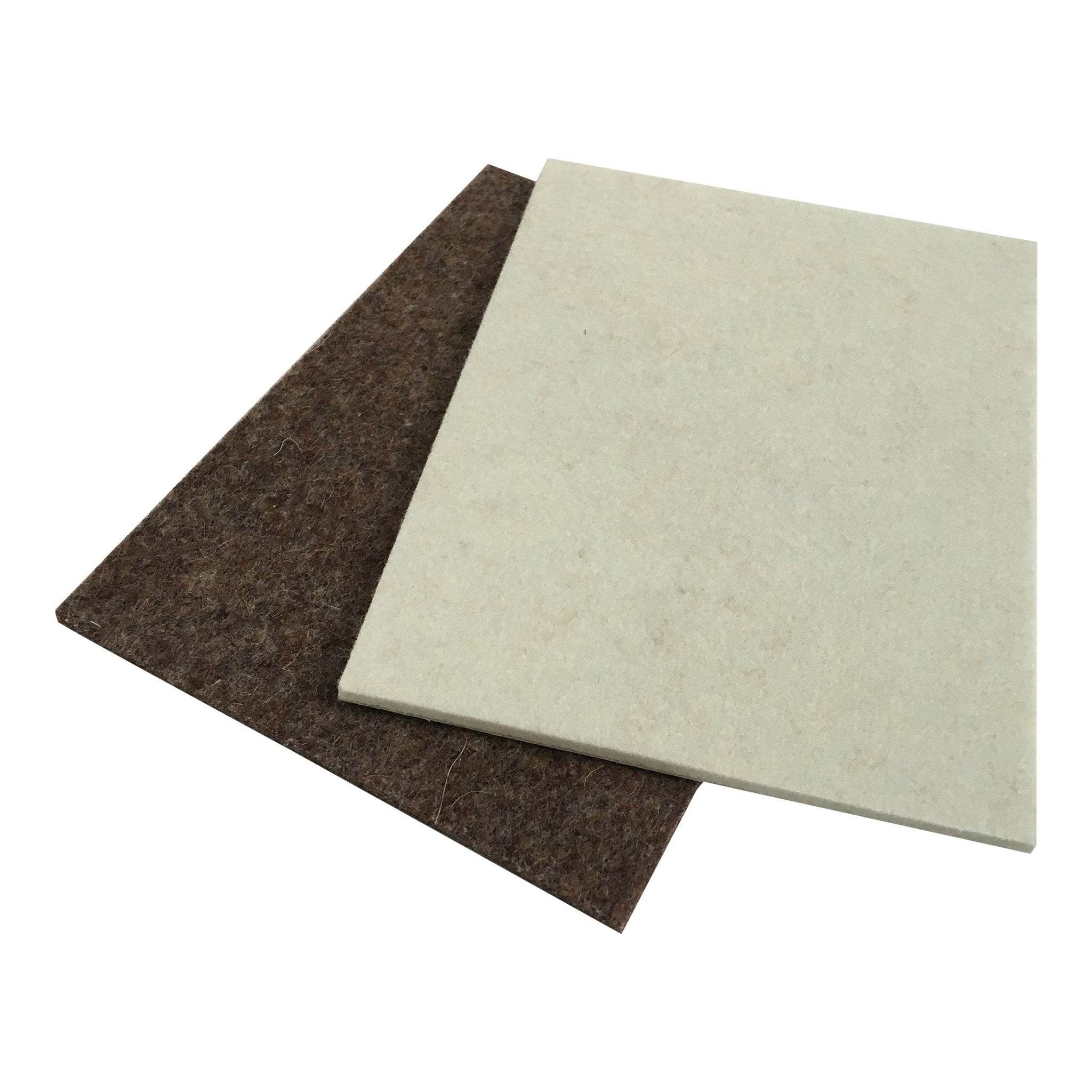
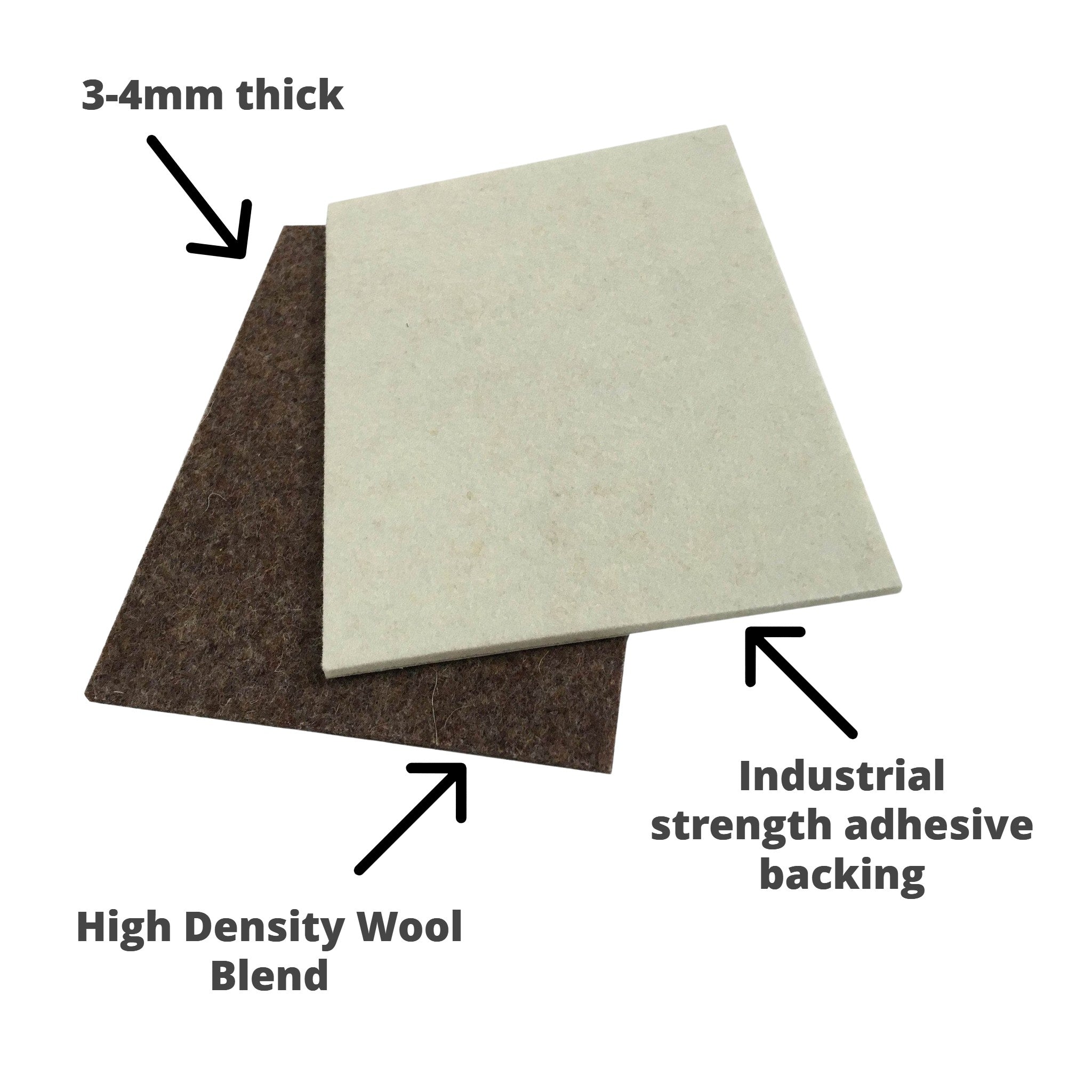
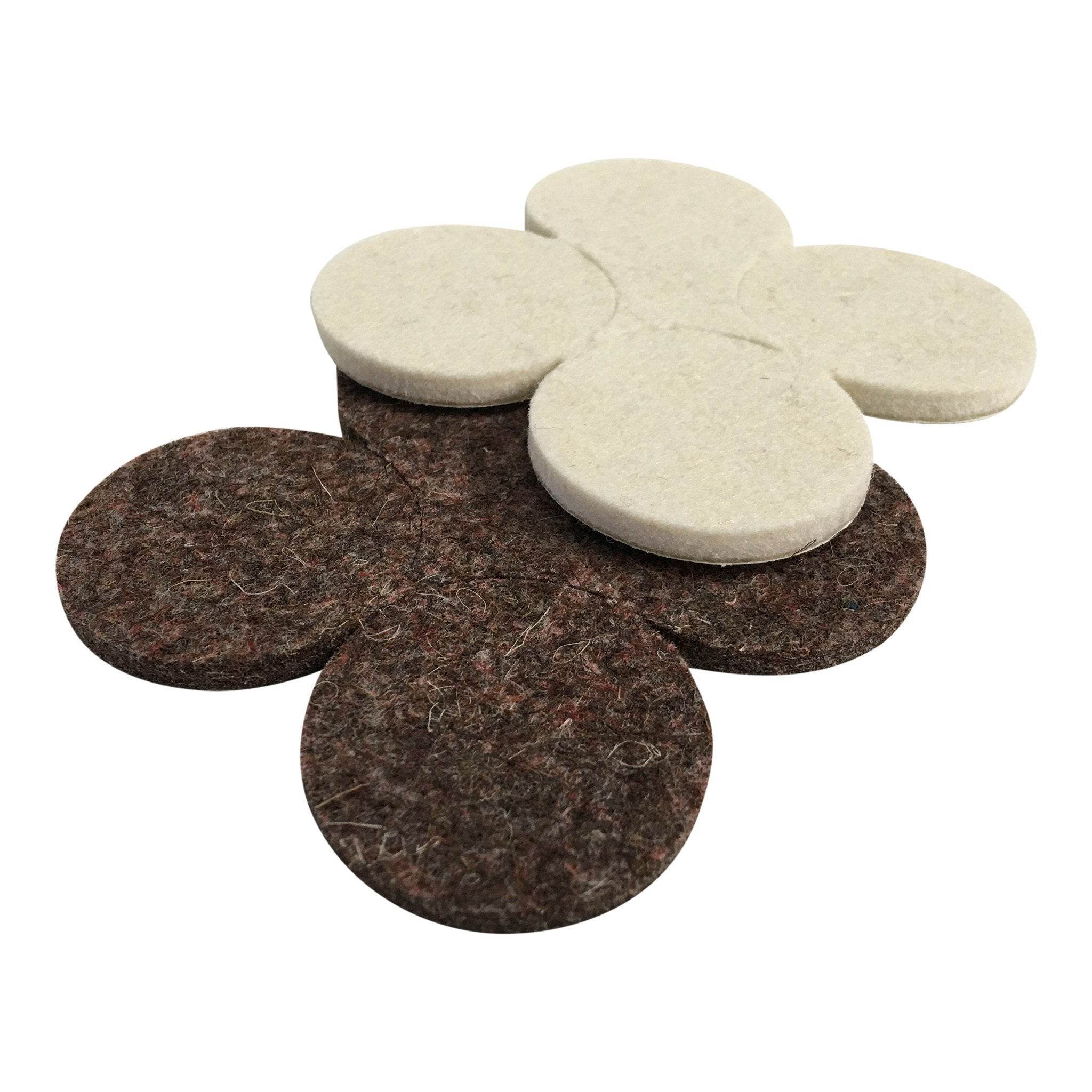
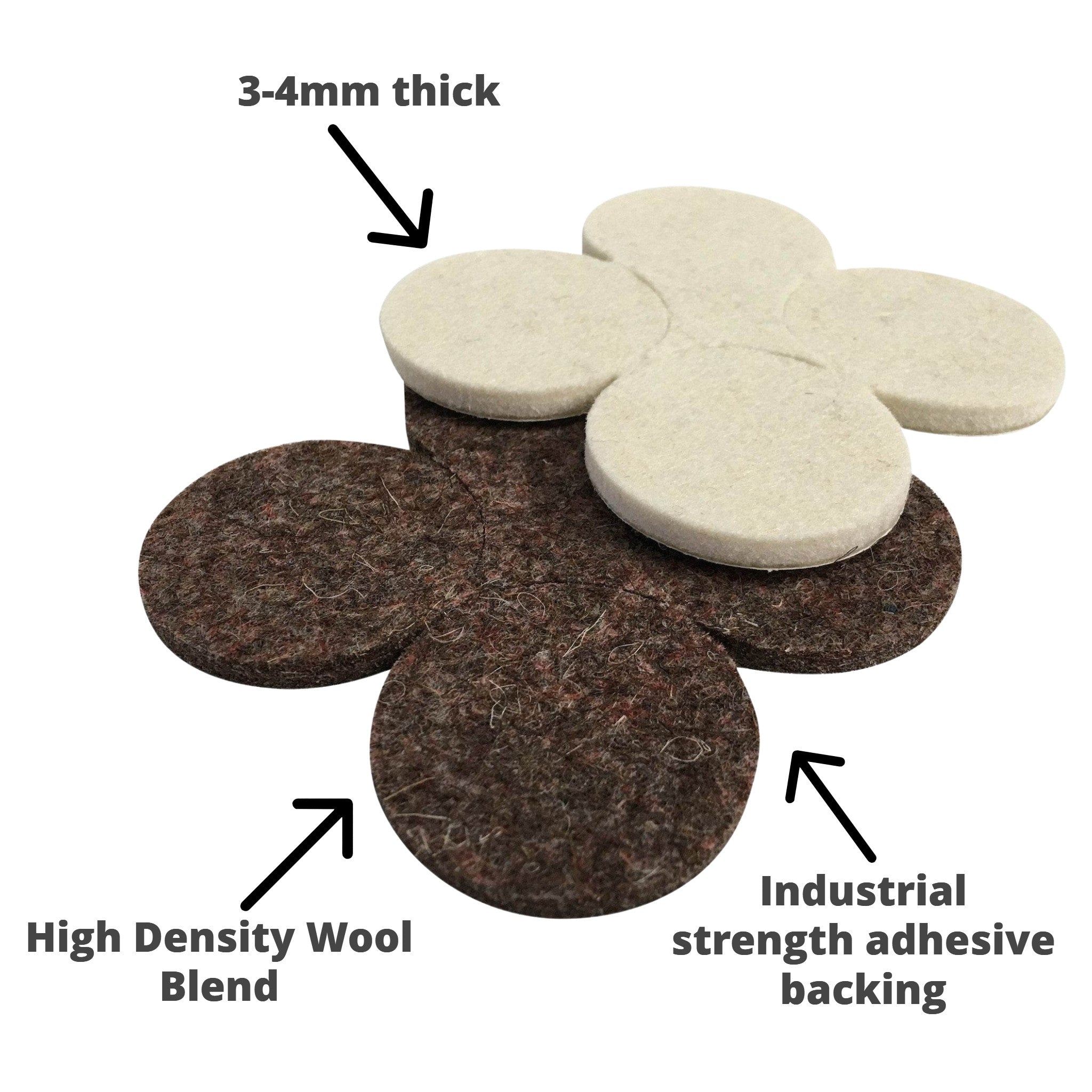
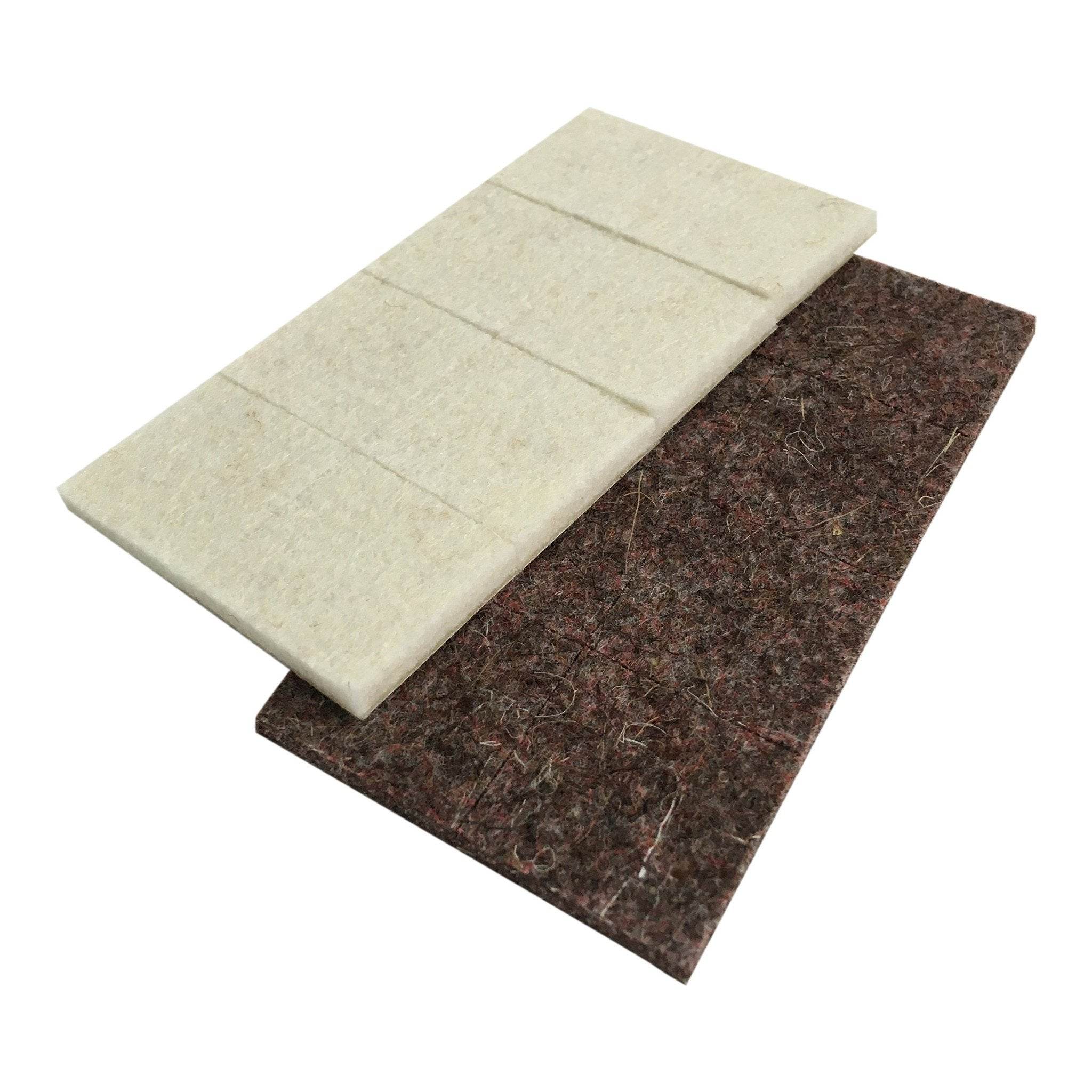
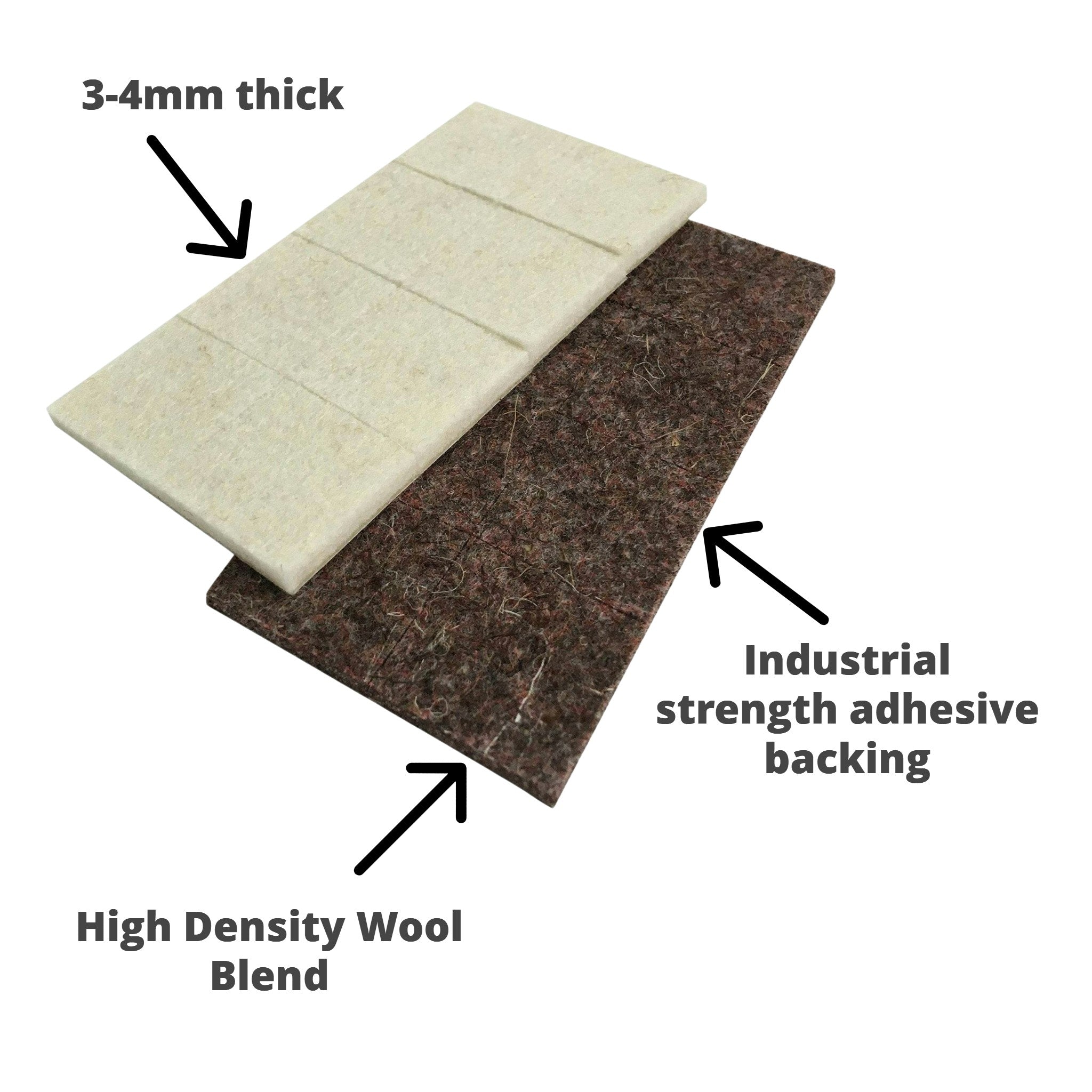
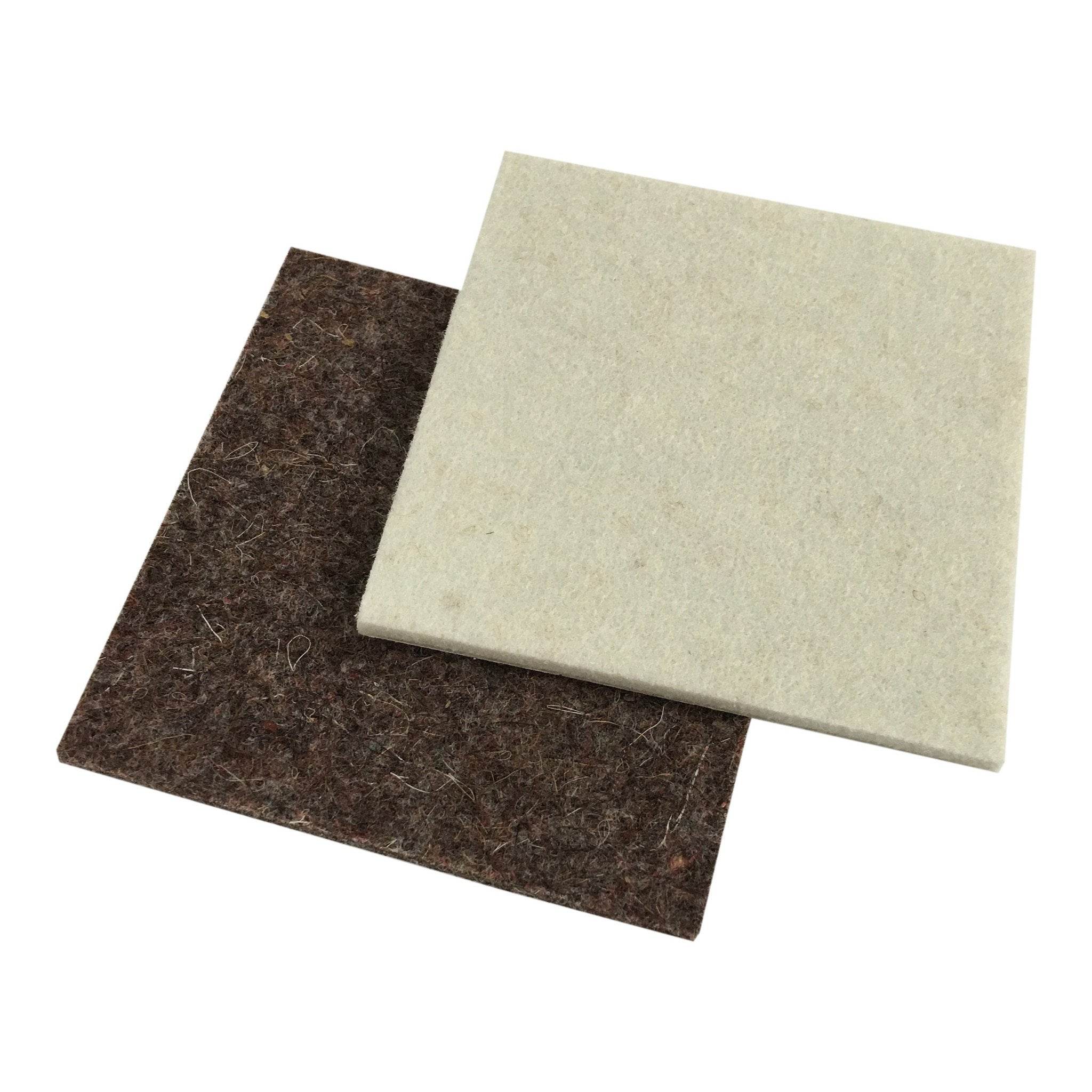
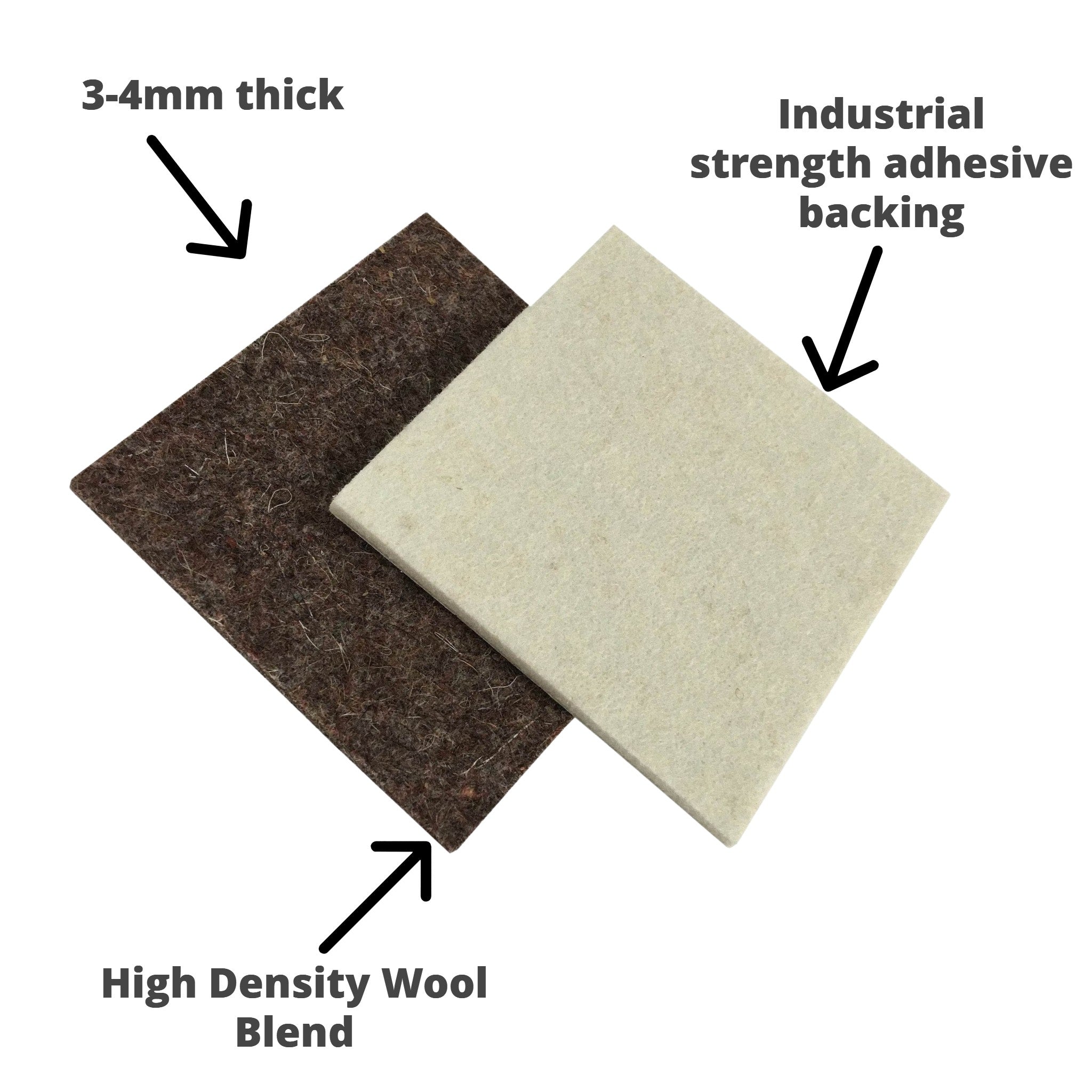
Leave a comment
This site is protected by hCaptcha and the hCaptcha Privacy Policy and Terms of Service apply.